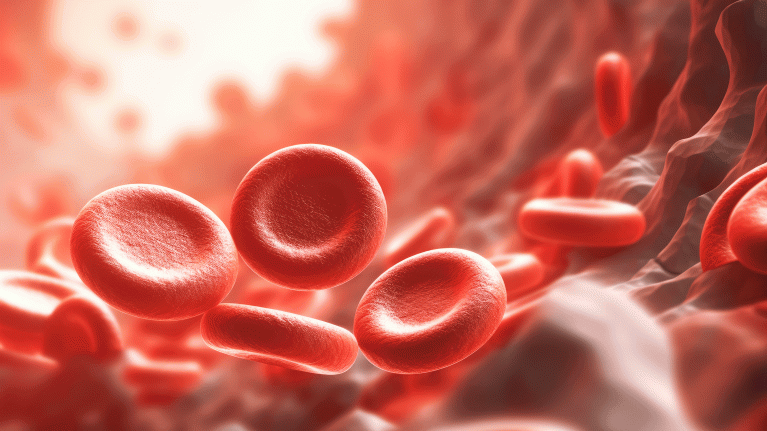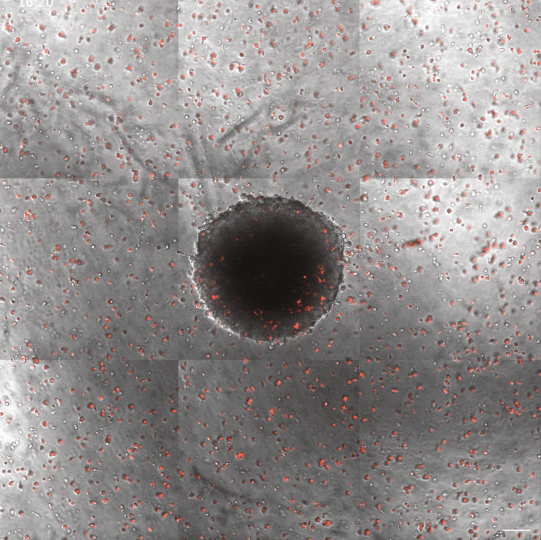2023-11-11 ラトガース大学

◆輸血戦略を比較するこの試験では、10 g/dL以上の数値を保つ自由な輸血と8 g/dL未満でのみ行う制限的な輸血の2つの戦略が評価された。自由な輸血は再発のリスクを低減する可能性があり、これは心臓発作と貧血の患者への最適な治療法を模索する上で重要な知見となる。今後の研究が求められています。
<関連情報>
- https://www.rutgers.edu/news/transfusing-more-blood-may-benefit-patients-who-have-had-heart-attack-and-have-anemia
- https://www.nejm.org/doi/10.1056/NEJMoa2307983
心筋梗塞と貧血における輸血の制限的戦略と自由戦略 Restrictive or Liberal Transfusion Strategy in Myocardial Infarction and Anemia
Jeffrey L. Carson, Maria Mori Brooks, Paul C. Hébert, Shaun G. Goodman, Marnie Bertolet, Simone A. Glynn, Bernard R. Chaitman, Tabassome Simon, Renato D. Lopes, Andrew M. Goldsweig, Andrew P. DeFilippis, J. Dawn Abbott, Brian J. Potter, Francois Martin Carrier, Sunil V. Rao, Howard A. Cooper, Shahab Ghafghazi, Dean A. Fergusson, William J. Kostis, Helaine Noveck, Sarang Kim, Meechai Tessalee, Gregory Ducrocq, Pedro Gabriel Melo de Barros e Silva, Darrell J. Triulzi, Caroline Alsweiler, Mark A. Menegus, John D. Neary, Lynn Uhl, Jordan B. Strom, Christopher B. Fordyce, Emile Ferrari, Johanne Silvain, Frances O. Wood, Benoit Daneault, Tamar S. Polonsky, Manohara Senaratne, Etienne Puymirat, Claire Bouleti, Benoit Lattuca, Harvey D. White, Sheryl F. Kelsey, P. Gabriel Steg, and John H. Alexander, for the MINT Investigators
New England Journal of Medicine Published:November 11, 2023
DOI: 10.1056/NEJMoa2307983
Abstract
BACKGROUND
A strategy of administering a transfusion only when the hemoglobin level falls below 7 or 8 g per deciliter has been widely adopted. However, patients with acute myocardial infarction may benefit from a higher hemoglobin level.
METHODS
In this phase 3, interventional trial, we randomly assigned patients with myocardial infarction and a hemoglobin level of less than 10 g per deciliter to a restrictive transfusion strategy (hemoglobin cutoff for transfusion, 7 or 8 g per deciliter) or a liberal transfusion strategy (hemoglobin cutoff, <10 g per deciliter). The primary outcome was a composite of myocardial infarction or death at 30 days.
RESULTS
A total of 3504 patients were included in the primary analysis. The mean (±SD) number of red-cell units that were transfused was 0.7±1.6 in the restrictive-strategy group and 2.5±2.3 in the liberal-strategy group. The mean hemoglobin level was 1.3 to 1.6 g per deciliter lower in the restrictive-strategy group than in the liberal-strategy group on days 1 to 3 after randomization. A primary-outcome event occurred in 295 of 1749 patients (16.9%) in the restrictive-strategy group and in 255 of 1755 patients (14.5%) in the liberal-strategy group (risk ratio modeled with multiple imputation for incomplete follow-up, 1.15; 95% confidence interval [CI], 0.99 to 1.34; P=0.07). Death occurred in 9.9% of the patients with the restrictive strategyand in 8.3% of the patients with the liberal strategy (risk ratio, 1.19; 95% CI, 0.96 to 1.47); myocardial infarction occurred in 8.5% and 7.2% of the patients, respectively (risk ratio, 1.19; 95% CI, 0.94 to 1.49).
CONCLUSIONS
In patients with acute myocardial infarction and anemia, a liberal transfusion strategy did not significantly reduce the risk of recurrent myocardial infarction or death at 30 days. However, potential harms of a restrictive transfusion strategy cannot be excluded. (Funded by the National Heart, Lung, and Blood Institute and others; MINT ClinicalTrials.gov number, NCT02981407. opens in new tab.)



